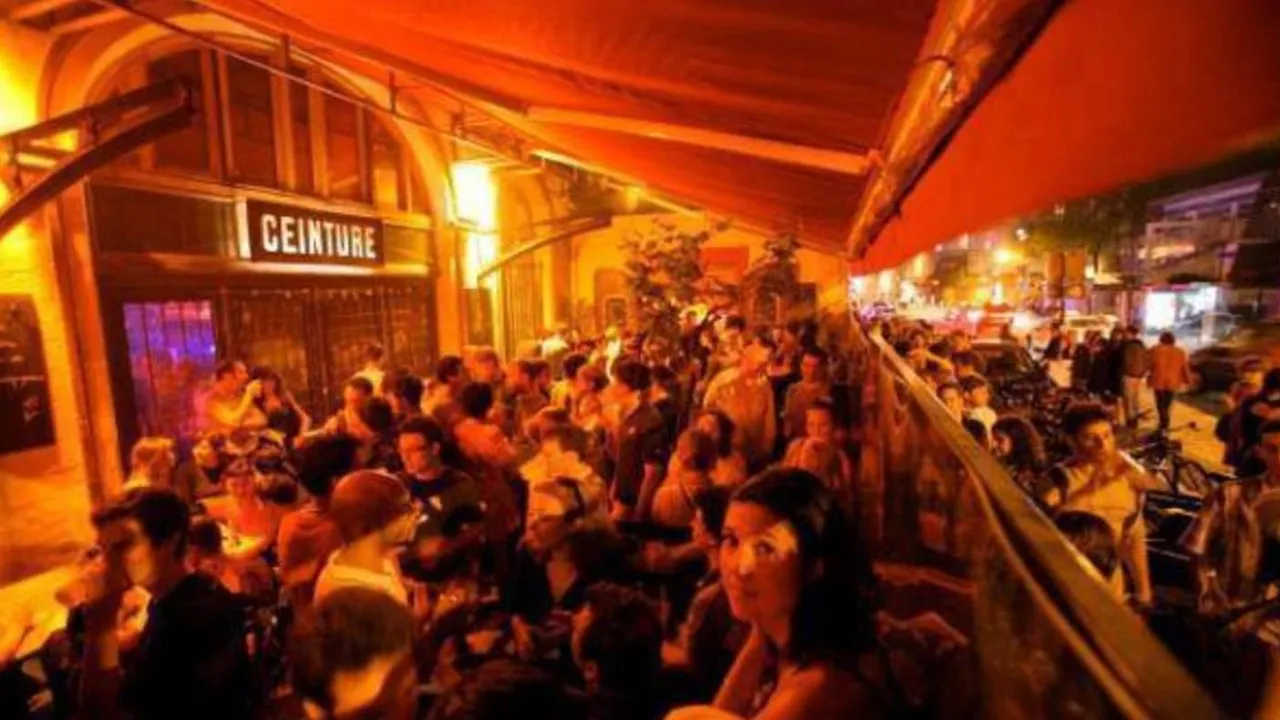The Birth of Parisian Nightlife: A Historical Overview
The story of nightlife in Paris begins in the 19th century during the Second Empire. At this time, Paris was a city of grand boulevards, opulent theatres, and vibrant café culture. The Parisians thrived on social interactions, and the nighttime offered an exciting escape from the humdrum of daily life. The evening streets were alive with the sound of laughter, music, and lively chatter. This era saw the establishment of traditional cabarets like the Moulin Rouge and the Chat Noir, where bohemian artists, writers, and musicians gathered to enjoy performances and to socialize. These venues became the heart of Parisian nightlife, setting a high standard for entertainment that continues to this day.
The Roaring 1920s: The Jazz Age and the Influence of American Culture
Fast forward to the 1920s, and Paris was once again at the forefront of cultural innovation. This was the Jazz Age, a time when American expatriates like Ernest Hemingway and F. Scott Fitzgerald flocked to the city, bringing with them the vibrant rhythms of jazz and swing. Parisians embraced this new musical influence, and jazz clubs sprung up all over the city, creating a new wave of nightlife. The vibrant, pulsating energy of jazz music became synonymous with Parisian nightlife. The city was truly alive at night, with music spilling out from every corner. This was a time of liberation and creativity, and it left an enduring impact on the city's nighttime culture.
The Post-War Era: The Rise of Nightclubs and Discotheques
After the end of World War II, Paris experienced a surge in nightlife innovation. The city saw the rise of nightclubs and discotheques, which offered a more modern, electrifying form of entertainment. Influenced by American trends once again, these venues featured live bands, DJ sets, and dance floors where Parisians could let loose and enjoy the latest music trends. These clubs became the new social hubs, attracting a young, hip crowd that was eager to embrace the latest trends. The emergence of these new venues marked a significant shift in Parisian nightlife, introducing a more dynamic, energetic vibe that contrasted with the traditional, relaxed café culture.
Contemporary Nightlife: The Influence of Electronic Music and the Rise of Festivals
Now, let's fast forward to the present day. Over the past few decades, Parisian nightlife has continued to evolve, keeping pace with global trends and changes in popular culture. One of the most significant shifts has been the rise of electronic music, which has had a profound impact on the Parisian club scene. Nightclubs have adapted to this trend, featuring DJ sets that draw in a young, energetic crowd. Moreover, the city has seen the emergence of music festivals that cater to a variety of musical tastes. These festivals have become an integral part of Parisian nightlife, offering locals and tourists alike a chance to experience the city's vibrant music scene.
Paris Nightlife Today: A Blend of Tradition and Innovation
Today, Parisian nightlife is a blend of tradition and innovation. On one hand, you have the iconic cabarets and jazz clubs that harken back to the city's rich cultural history. On the other hand, you have the modern nightclubs and music festivals that reflect the city's ongoing commitment to cultural innovation. This blend of old and new creates a unique, dynamic nightlife scene that offers something for everyone. Whether you're a fan of traditional cabaret, jazz music, or cutting-edge electronic beats, you'll find a place in Paris where you can let loose and enjoy the night. This is the beauty of Parisian nightlife - it's always evolving, yet it never loses its unique Parisian charm.

